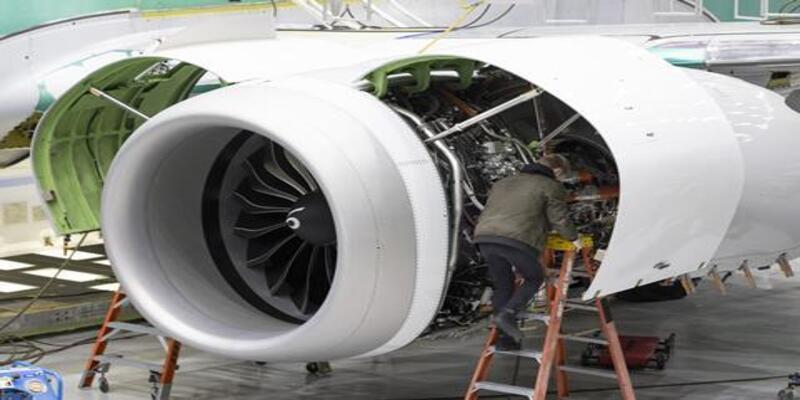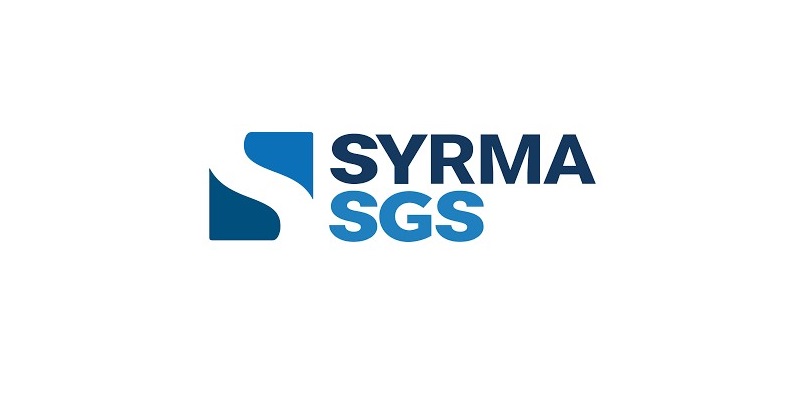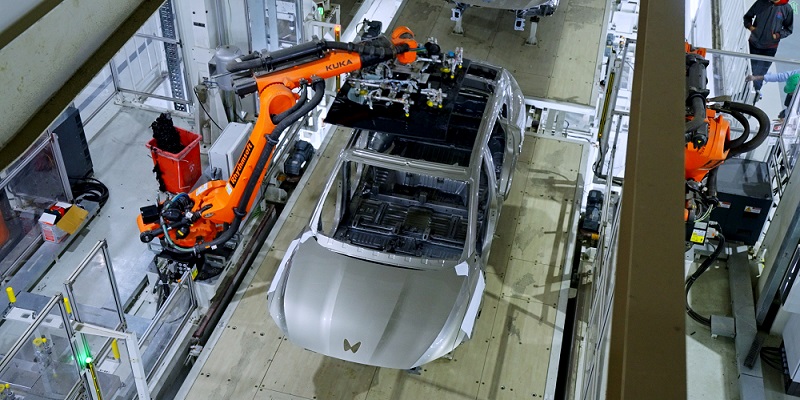Schedule a Call Back
Handy tips to remove microplastics from the air
 Industry News
Industry News- Oct 01,18

- With the menace of microplastic in the air, following tips can help to reduce airborne microplastics at home:
- Ensure good ventilation at home: The concentration of airborne plastics is much higher in indoor air than in outdoor air.
- Vacuum frequently to free the floor from microplastic dust that collects there.
- Reduce or remove carpets, which trap plastic fibres and particles.
- Choose a hardwood or ceramic tile floor. Vinyl and linoleum flooring can release microplastics into the air.
- Avoid synthetic clothing as they shed plastic fibres, which can be inhaled.
- Use organic, natural fabrics and textiles in home furnishings.
- Do not buy toys made of plastic or that have plastic parts. Opt for wood or natural rubber toys instead.
- Avoid cosmetics, soap, facial scrub and toothpastes containing microbeads.
- Drink filtered tap water instead of water from single-use plastic bottles to reduce the amount of plastic brought home.
- Put an air purifier in the rooms where one spends most of their time.
Related Stories

Rangsons aerospace secures Boeing contract elevating role in global aviation supply chain
A press release highlights that this five-year contract solidifies Rangsons Aerospace's position as a key contributor to the aviation supply chain, showcasing the company's innovative contributions ..
Read more
Handy tips to remove microplastics from the air
According to reports, every day on an average a person breathe in up to 130 tiny plastic particles (microplastics). Surprising majority of harmful microplastics in human bodies come from the air and..
Read more
Blueair launches campaign to raise awareness of air pollution in India
In the wake of recent research highlighting the negative effects of air pollution on children’s mental and physical health, Blueair, the Swedish firm that provides air purification ..
Read moreRelated Products

Rubber Sheets Material
Talbros Sealing Material Pvt Ltd offers a wide range of rubber sheets materi Read more

Rail Rubber Pad
Chamunda Enterprise offers a wide range of rail rubber pad.

Insulation Polyester Film
TMA International Private Limited offers a wide range of insulation polyester film.














